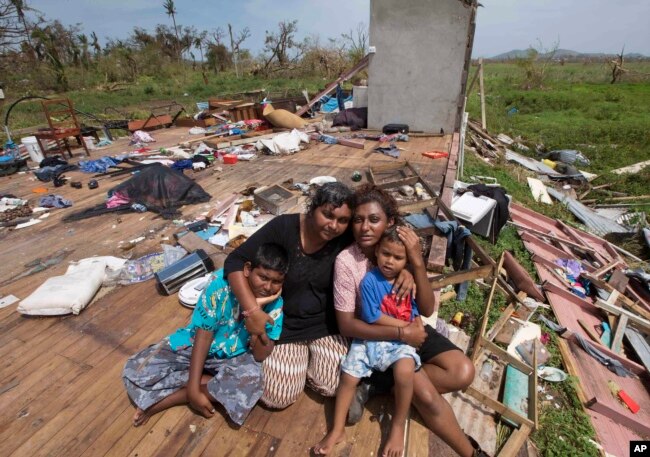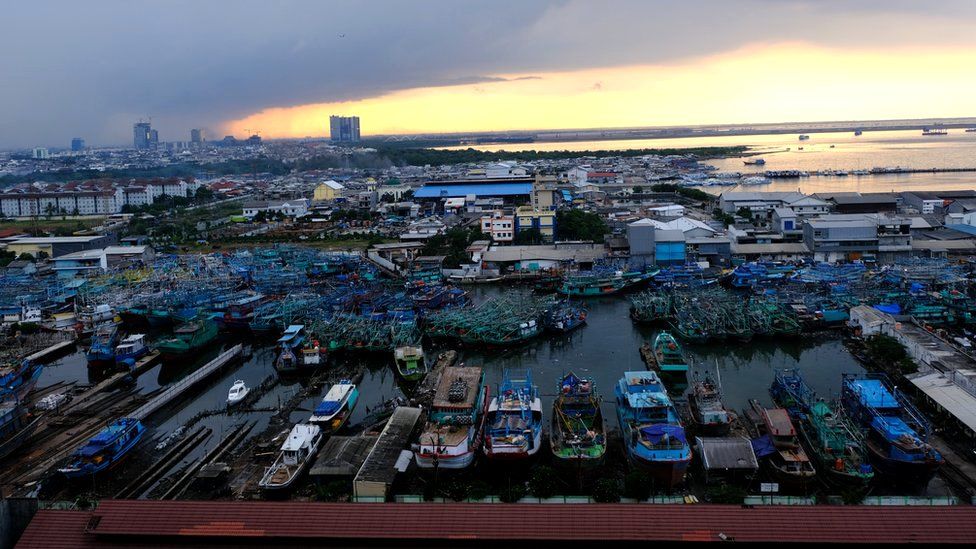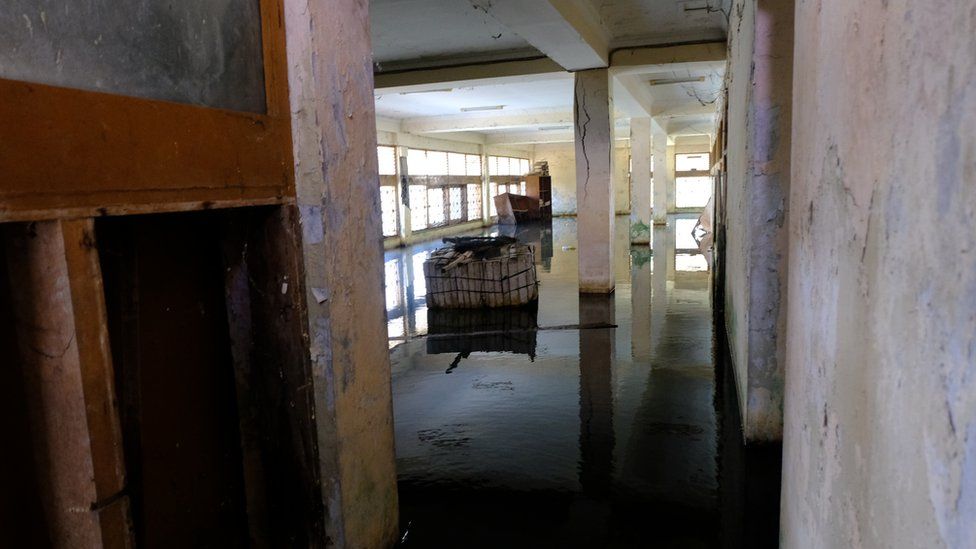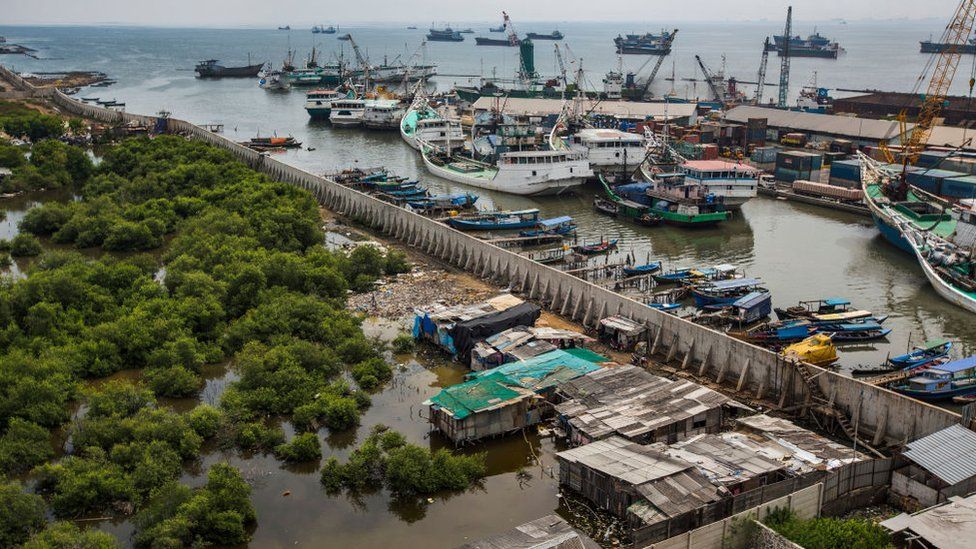Miami and New Orleans especially vulnerable...
Rising sea level to sink US cities: study
Wed, Oct 14, 2015 - WET SOUTH: US cities, especially in Florida, ‘appear to be already lost’ as global warming is expected to cause sea levels to rise. The question is when, a study said
Rising sea level to sink US cities: study
Wed, Oct 14, 2015 - WET SOUTH: US cities, especially in Florida, ‘appear to be already lost’ as global warming is expected to cause sea levels to rise. The question is when, a study said
Miami and New Orleans and other US cities will sink below rising seas regardless of what people do to curb global warming, a study said on Monday. Making extreme carbon cuts and moving to sources of renewable energy could save millions of people living in iconic coastal areas of the US, said the findings in the latest edition of the Proceedings of the National Academy of Sciences, a peer-reviewed US journal. Scientists have already established that if we do nothing to reduce our burning of fossil fuel up to the year 2100, sea levels will rise by 4.3m to 9.9m, said lead author Ben Strauss, who is vice president for sea level and climate impacts at Climate Central.
The big uncertainty is the issue of when. “Some of this could happen as early as next century, but it might also take many centuries,” Strauss told reporters. “Just think of a pile of ice in a warm room. You know it is going to melt, but it is harder to say how quickly.” To bring this issue home for people in the US, the study pinpoints at-risk land, where more than 20 million people reside. The authors projected business-as-usual carbon emissions, in addition to the complication of the melting West Antarctic ice sheet, a process some say is irreversible. They also considered what might happen if the world were to make a big turnaround, reaching peak carbon emissions by 2020.
This radical scenario would have to occur far earlier than the current aim of some world powers to peak by 2050, Strauss said. An online tool at choices.climatecentral.org allows users to see the impacts on various US cities. A global version is expected in the next month, Strauss said. The tool shows US cities that might face “lock-in dates beyond which the cumulative effects of carbon emissions likely commit them to long-term sea-level rise that could submerge land under more than half of the city’s population,” the study said. “Norfolk, Virginia, for example, faces a lock-in date of 2045 under a scenario of unabated carbon emissions,” it said. For cities like Miami and New Orleans, the limits are already exceeded. “In our analysis, a lot of cities have futures that depend on our carbon choices, but some appear to be already lost,” Strauss said. “And it is hard to imagine how we could defend Miami in the long run.” Miami’s low elevation and porous limestone foundation mean that sea walls and levees will not help, he said.
MORE








